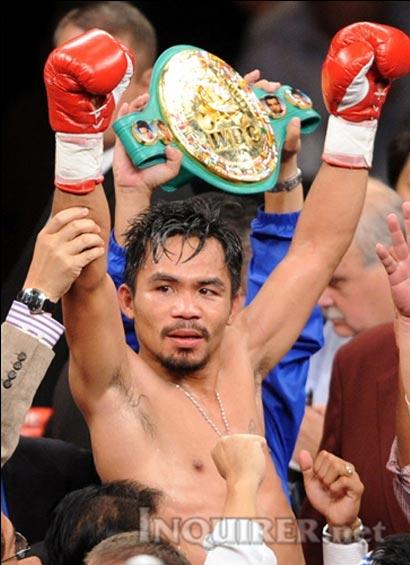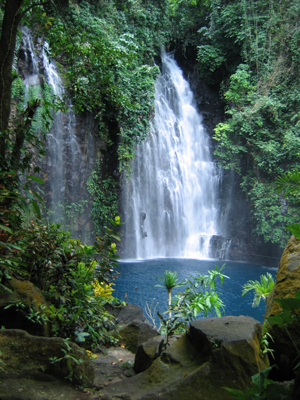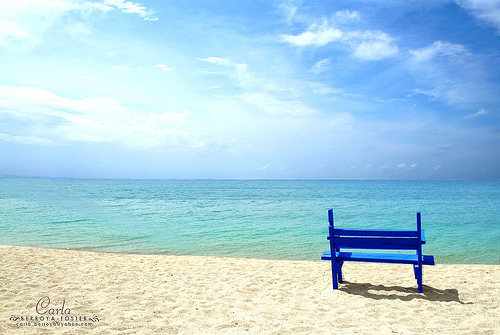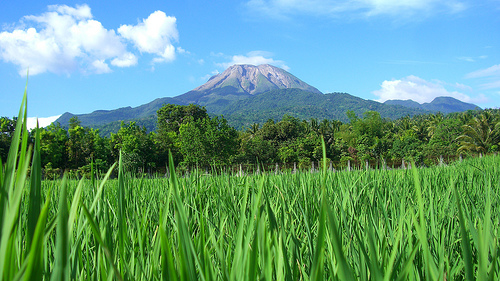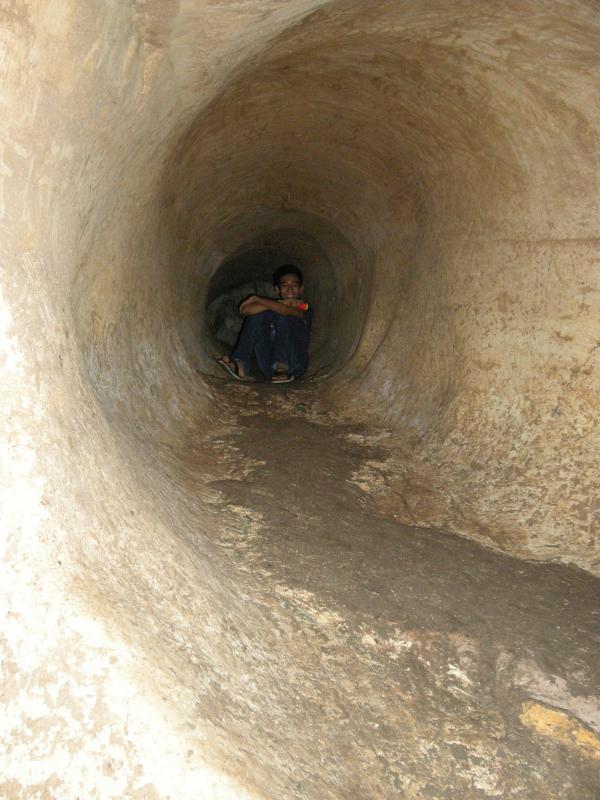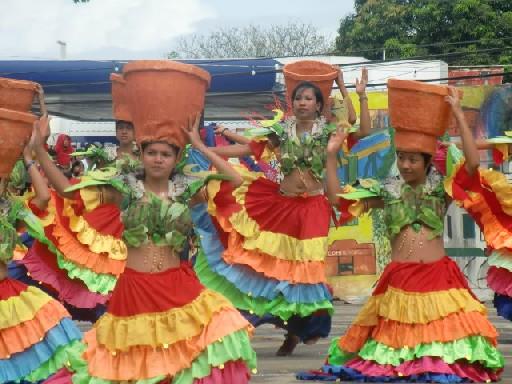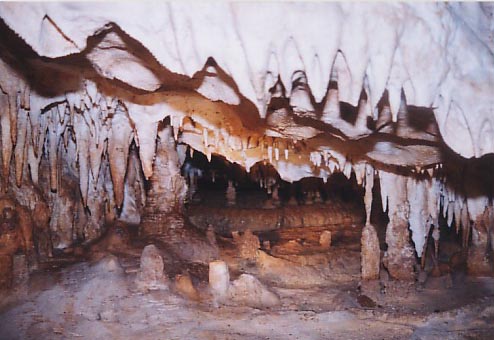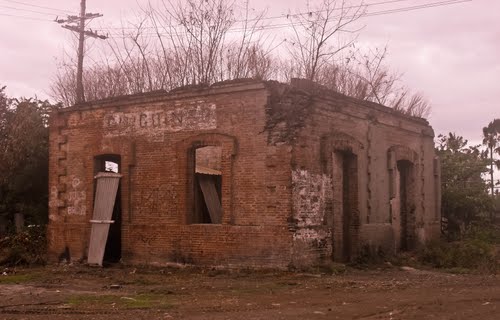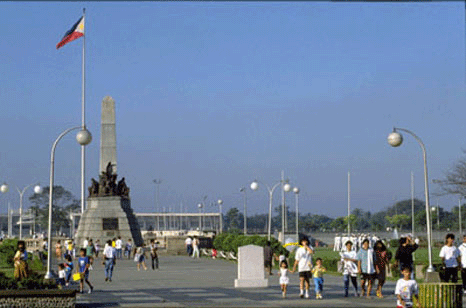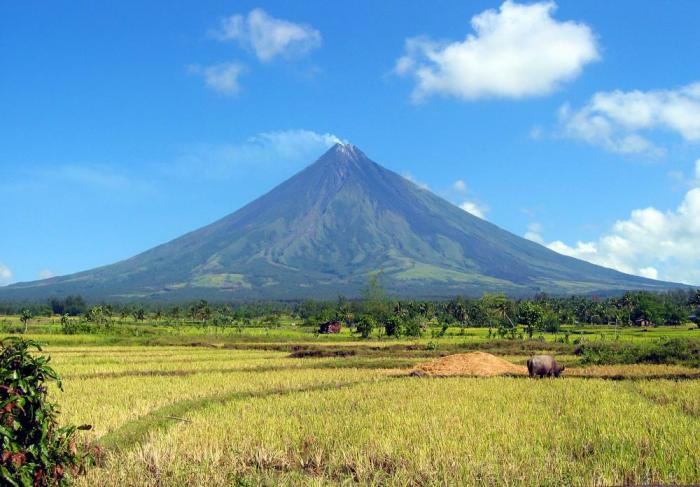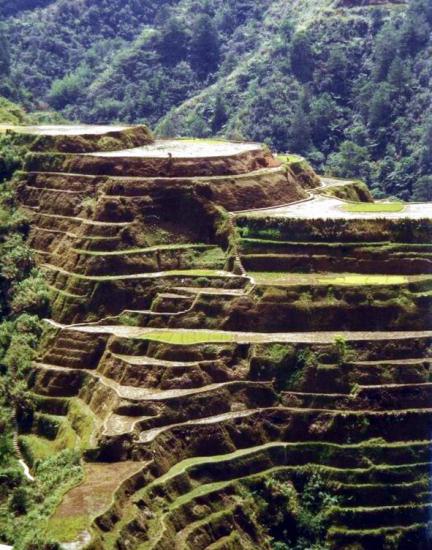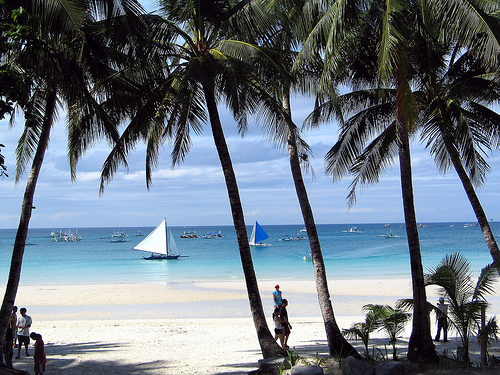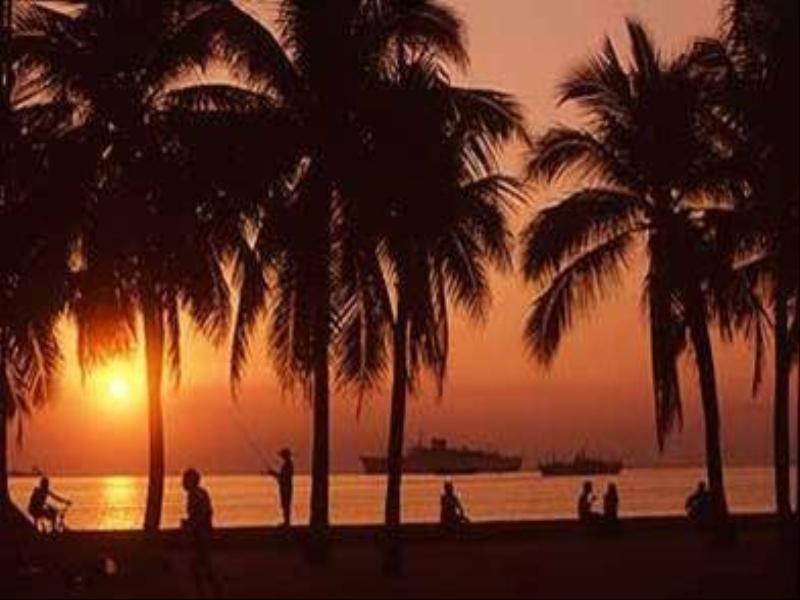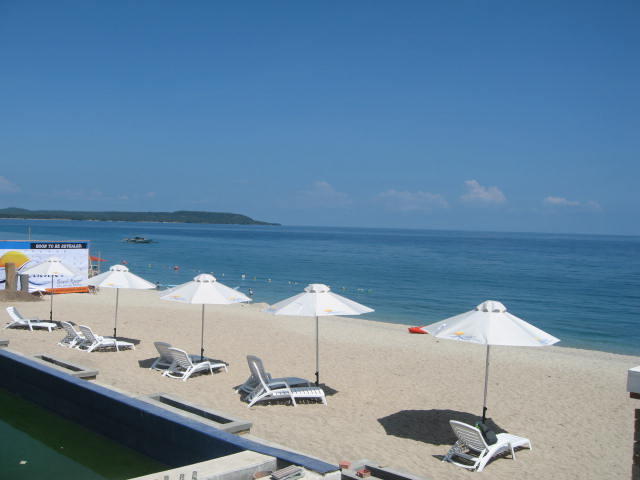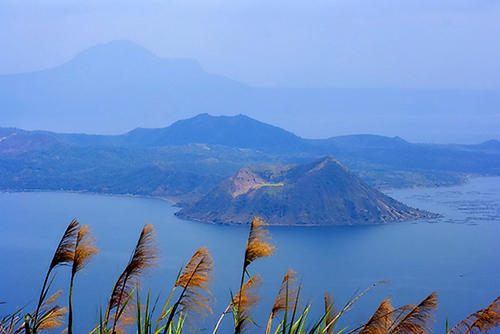Archive for the ‘Bulacan’ Category
Planning a trip? Those who love to travel know the essence of all travel is about you and your enjoyment. Travelers know that the destination is a major part in planning a trip, experiencing and delving deeper into unfamiliar places, people and culture is paramount.
Expand your horizons and set your sight to the Philippines, an off the beaten path travel site! An undiscovered paradise made of thousands of islands and white sand beaches all around! A tiny dot in the map of the world, and yet a haven for travelers, backpackers, retirees and even passersby.
It offers awesome tourist attractions, magnificent beaches, hot spring resorts, colorful festivals, hundreds of scenic spots and world-class hotels and facilities. Not to mention the tropical climate, the affordable prices as well as the friendly and hospitable, English-speaking people! You will be glad you came, and we’re sure, you WILL come back for more FUN in the Philippines!
HISTORICAL & RELIGIOUS ATTRACTIONS
Owing to its vital role in Philippine history, and its rich heritage in culture and the arts, the province is popularly known for its historical sites; nostalgic old houses and churches; and religious attractions; to name a few:
Barasoain Church
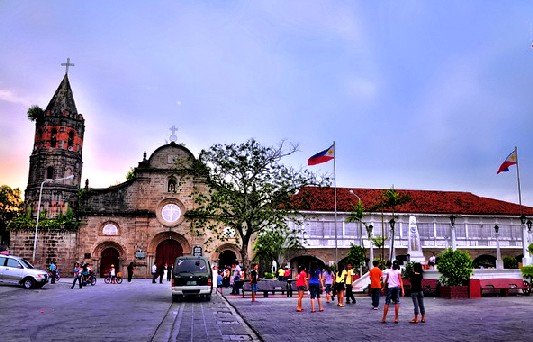 Photo from: yappie-espiritu.blogspot.com
Photo from: yappie-espiritu.blogspot.com
The Barasoain Church is a very well-known church in the historic town of Malolos was the place where the Constitutional Convention of the First Philippine Republic took place. Its Historical Landmarks History Museum is completely loyal to protecting the fruits of the Philippine-Spanish Revolution in addition to independence and democracy. Its Ecclesiastical Museum contains a collection of religious artifacts from the entire Bulacan.
Biak-na-Bato Cave
The Biak-Na-Bato Cave serves as the place of resting of the freedom fighters throughout the duration of the Philippine-Spanish war. The first stage of the Philippine-Spanish Revolution stopped with the signing of the Pact of Biak-na-Bato in the town of San Miguel in 1897 between the Filipinos and the Spaniards. Following that time the President of the First Philippine Republic General Emilio Aguinaldo, was forced to leave one’s own country to Hongkong.
Kakarong De Sili Shrine
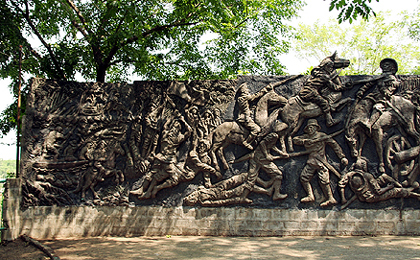 Photo from: bulacan.gov.ph
Photo from: bulacan.gov.ph
It is on the site of the Kakarong de Sili Shrine where the bloodiest revolution in Bulacan took place where more than 3,000 Katipunero revolutionaries died. Likewise, it is on this site where the Republic of Real de Kakarong de Sili of 1896 was established.
Casa Real Shrine
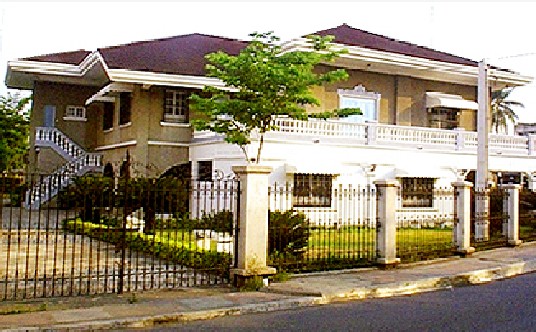 Photo from: bulacan.gov.ph
Photo from: bulacan.gov.ph
The Casa Real Shrine is located in Malolos. Throughout the duration of the First Philippine Republic, this shrine served as the National Printing Press and the National Museum.
A printing press during the Malolos Republic, the Casa Real was restored in 1852 and converted into a municipal library. It is now a museum under the management of the National Historical Institute and serves as the final repository of still existing memorabilia.
Marcelo H. Del Pilar Shrine
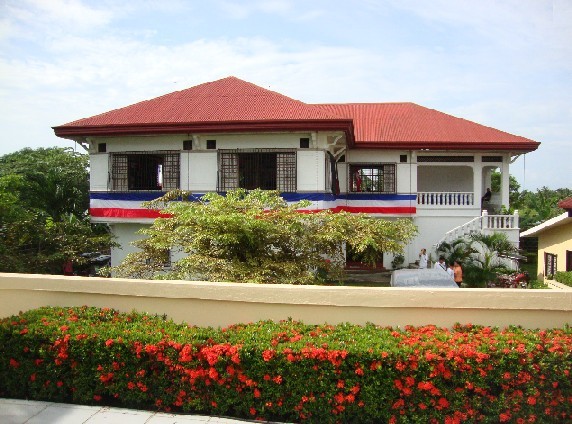 Photo from: filipinoscribbles.wordpress.com
Photo from: filipinoscribbles.wordpress.com
Marcelo H. del Pilar—patriot, writer, editor of the revolutionary paper La Solidaridad—is honored with this monument in Bulacan where he lived most of his life. The shrine is under the management of the National Historical Institute.
Old Train Station
Guiguinto station is a former railway station that is situated on the Northrail line. This line has been used for passenger and freight transportation by Philippine National Railways and its precursors in the past. The station was supposed to be rebuilt as a result of the Northrail project, a rebuilding of the line from Manila to Pampanga which would partly use the old right-of-way. The project commenced in 2007, construction has halted though as of 2011. The ill-governed project may continue after renegotiation, possibly in a changed way. – Read More: wikipedia.org
Bagbag Bridge
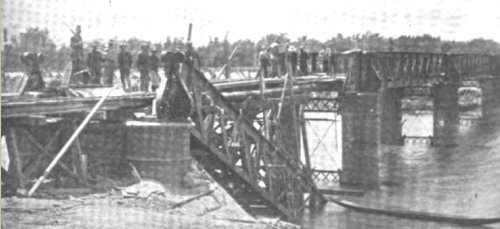 Photo from: philippineamericanwar.webs.com
Photo from: philippineamericanwar.webs.com
Bagbag Bridge located at Calumpit, Bulacan, was the site of the first battle between Filipino and American soldiers during the retreat of Aguinaldo to the Ilocos Region and of the longest battle during the Filipino-American Wars led by Gen. Gregorio del Pilar on April 25, 1899. The bridge commemorates the bravery displayed by the Filipinos as they victor in the battle against the American forces. – Read More: wikipilipinas.org
Battle of Quingua
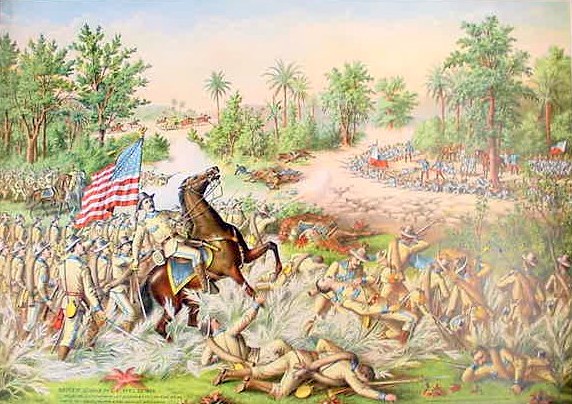 Photo from: explow.com
Photo from: explow.com
Like many towns in Bulacan, Plaridel have its niche in Philippine History being the site of the Battle of Quingua – Battle of Quingua during the Philippine-American War in part of the defense of First Philippine Republic against the Northern Campaign of American Army. The battle was manned by Pablo Tecson – Lt. Colonel Pablo Ocampo Tecson of San Miguel, Bulacan under Gregorio del Pilar and during which Col. John Stotsenberg was killed on April 23, 1899. A marker now stands at the site of the battle in Barangay Agnaya.
Meyto Shrine
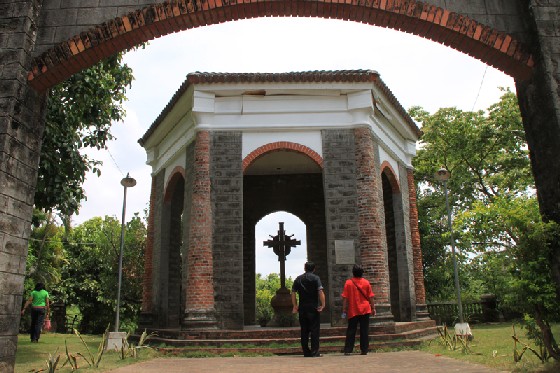 Photo from: mabuhayonlinephotos.blogspot.com
Photo from: mabuhayonlinephotos.blogspot.com
This is the cradle of Christianity in the province of Bulacan, where the first Catholic Mass was held by the Augustinian friars, armed with cross in 1572.
Basilica Minore de Immaculada Concepcion
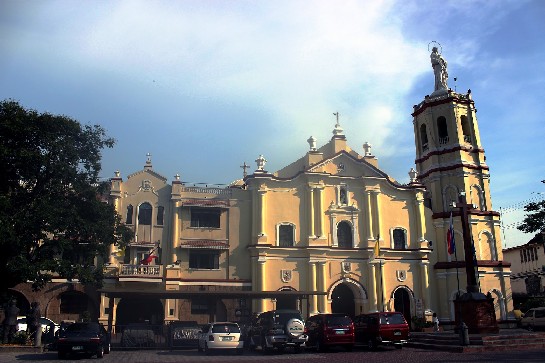 Photo from: pinoyislomaniac.blogspot.com
Photo from: pinoyislomaniac.blogspot.com
This historic Basilica Minore de Immaculada Concepcion was in 1896 the seat of power of Gen. Emilio Aguinaldo—the first president of the Republic of the Philippines. Located in front of the Basilica Minore is a century-old tree known as the Kalayaan Tree (Tree of Freedom) which was planted by Pres. Aguinaldo during a lull in the historic Malolos Convention. It is presently the seat of the Diocese of Malolos, and has been the bastion of faith for the past centuries.
TABLE OF CONTENTS
Bulacan Province Under Region III
The Historical Province of Bulacan
Historical and Religious Attractions in Bulacan
More Interesting Places to See in Bulacan
Colorful Festivals and Events in Bulacan
Where To Go and Fun Things To Do in Bulacan
